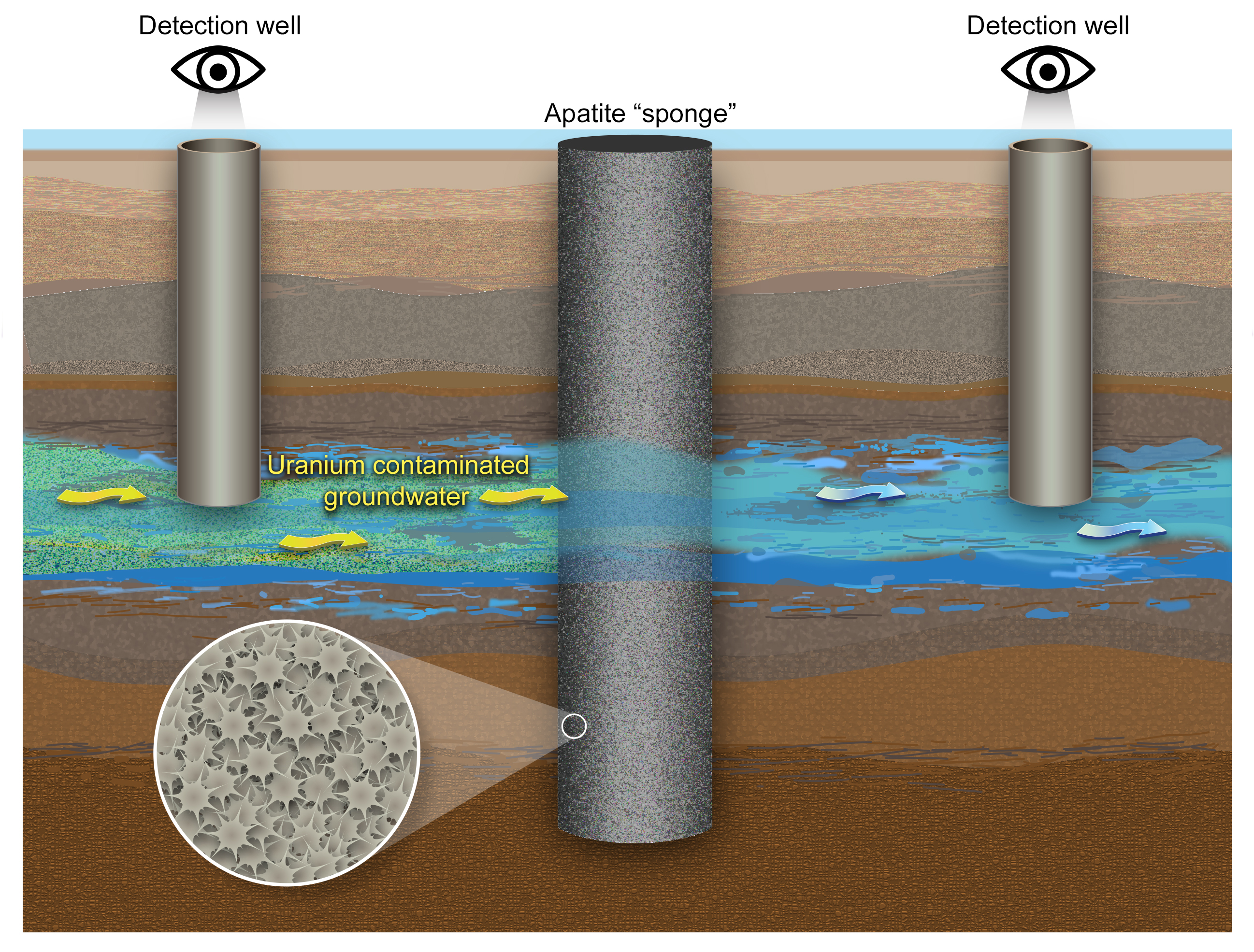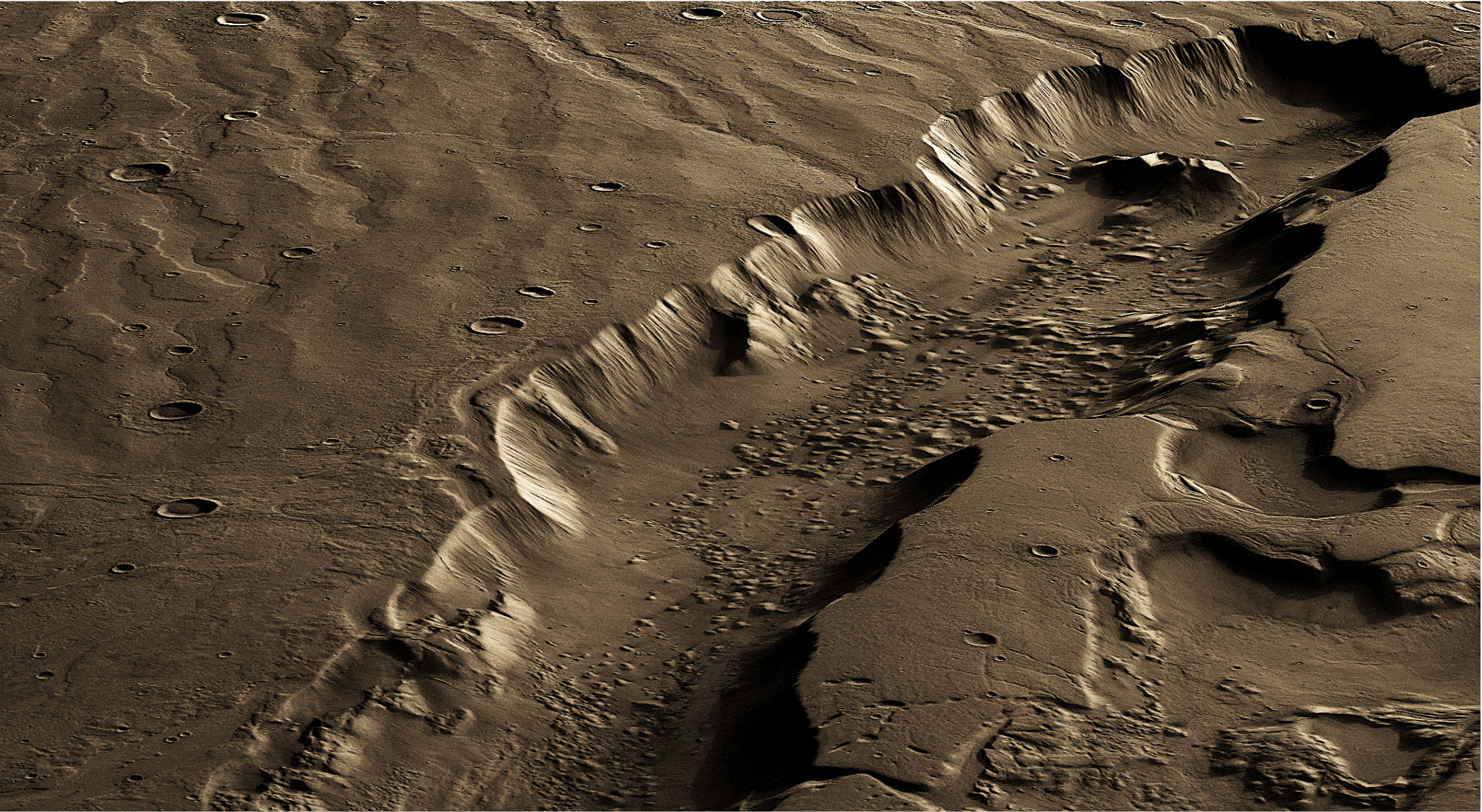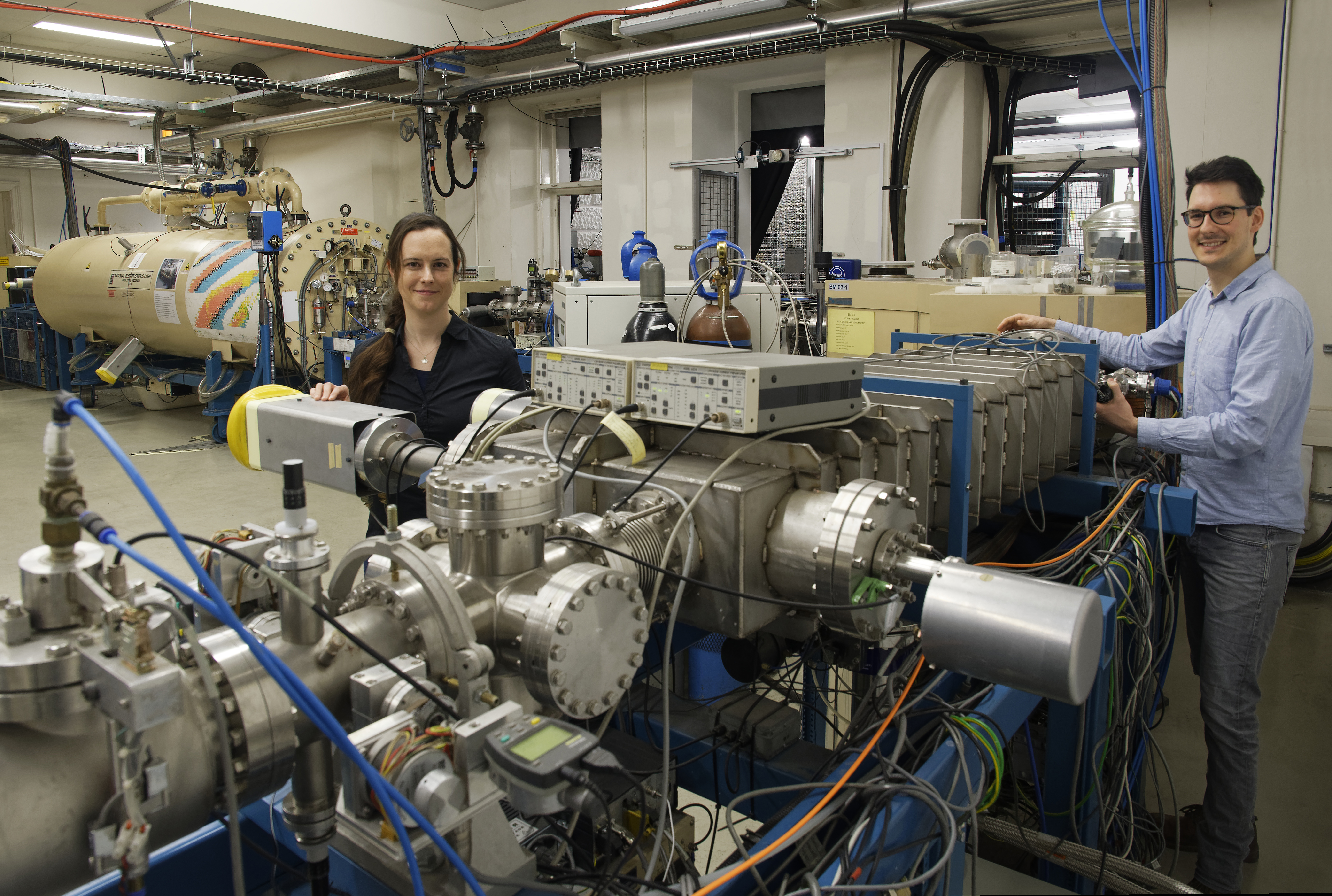Radon is a radioactive element naturally found in rocks, soil, sand, and water, which humans generally use in construction. This dangerous gas is second only to smoking in contributing to lung cancer. A Chula engineering professor suggests ways to defend ourselves from this threat.
Tag: Uranium
New laboratory to explore the quantum mysteries of nuclear materials
Every day, researchers discover new details about the laws that govern the tiniest building blocks of the universe. These details not only increase scientific understanding of quantum physics, but they also hold the potential to unlock a host of technologies, from quantum computers to lasers to next-generation solar cells.
But there’s one area that remains a mystery even in this most mysterious of sciences: the quantum mechanics of nuclear fuels.
Supercomputing, neutrons crack code to uranium compound’s signature vibes
Oak Ridge National Laboratory researchers used the nation’s fastest supercomputer to map the molecular vibrations of an important but little-studied uranium compound produced during the nuclear fuel cycle for results that could lead to a cleaner, safer world.

Using a mineral ‘sponge’ to catch uranium
A team of researchers from Sandia, Lawrence Berkeley and Pacific Northwest national laboratories tested a “sponge-like” mineral that can “soak up” uranium at a former uranium mill near Rifle, Colorado.

Best Region For Life on Mars Was Far Below Surface
The most habitable region for life on Mars would have been up to several miles below its surface, likely due to subsurface melting of thick ice sheets fueled by geothermal heat, a Rutgers-led study concludes. The study, published in the journal Science Advances, may help resolve what’s known as the faint young sun paradox – a lingering key question in Mars science.

Atomic fingerprint identifies emission sources of uranium
Uranium is not always the same: depending on whether this chemical element is released by the civil nuclear industry or as fallout from nuclear weapon tests, the ratio of the two anthropogenic, i.e. man-made, uranium isotopes 233U and 236U varies. These results were lately found by an international team grouped around physicists from the University of Vienna and provides a promising new “fingerprint” for the identification of radioactive emission sources.